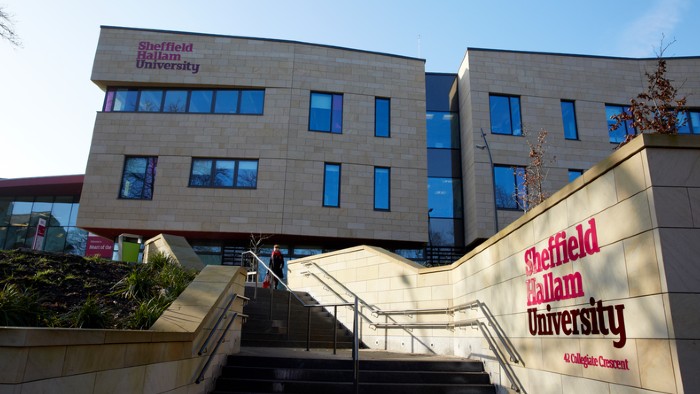Sheffield Lakelands Landscape Partnership is a four-year £2.6 million-pound Heritage Lottery Fund programme in the Upper Don river catchment to the north-west of Sheffield, South Yorkshire.
The ‘Sheffield Lakelands’ is a marginal landscape, caught between the Peak National Park and the urban-industrial corridor of the M1 motorway. It is also a hydrological landscape, defined by its historic and contemporary roles in the storage and supply of water for the industrial and post-industrial city, and by its potential role in protecting populations downstream against flooding under future climate change.
Keith Tomkins, programme manager for Sheffield Lakeland Landscape Partnership said: “We’re delighted to be working with Sheffield Hallam University to add value to our current Heritage Lottery Funded programme of projects thathelp strengthen the ability of the city’s natural areas to help with flood management and enhance the landscape for wildlife.”
One of the projects, HydroSpheres is funded by the Strategic Priorities Fund as part of the new ‘Landscape Decisions’ programme that will address the challenge of delivering better, evidence-based decisions within UK landscapes through interdisciplinary research collaboration with policy, business and land management partners.
The 2-year AHRC-funded network brings academics from geoscience, literature, performance, and design together with decision-makers to understand decision-making processes and develop new models that enhance the ways in which landscapes are managed in the UK.
A living laboratory
Researchers will host a series of interdisciplinary co-design workshops across the ‘Sheffield Lakeland’ landscape with decision-makers and stakeholders. The ‘Sheffield Lakelands’ will act as a living laboratory, tracing upstream and downstream relationships between rural and urban, and through Sheffield's industrial history, intersecting its various historical and cultural identities, from the ‘Outdoor City’ and ‘Steel City’ to Ruskin and the Great Sheffield Flood of 1864.
The HydroSpheres Network launched on Wednesday 29 January with a special screening of Paul Adam’s film, Quiet Flows the Don to an audience of 270 members of the public. The screening was organised by Sheffield Lakeland Landscape Partnership and hosted by Sheffield Hallam University.
In the film, award-winning Sheffield writer, Paul Adam, travels the length of the Don, from its source high on the bleak moors of the Pennines to its mouth at Goole.
In a journey rich with insight into the history and landscape of the region, he explores the key landmarks along the river, talking to the people who make it special - these personal relationships with the water environment are the real focus of the HydroSpheres project.
Niamh Downing, head of the department of Humanities and principal investigator for the HydroSpheres network said: “Interdisciplinary research across science, arts and humanities can help us deal with the complexity and uncertainty of ‘super-wicked’ problems such as climate adaptation, which can’t be solved by single disciplines alone.
“I’m delighted that we’ll be working with such a diverse research base, including Sheffield Lakeland Landscape Partnership, researchers from Sheffield Hallam, University of York, Aberystwyth University, and University of Edinburgh, to contribute to a UK-wide holistic framework for land-use decision-making.”
Jon Bridge, reader in physical geography in the Department of Natural and Built Environment at Sheffield Hallam University and Co-Investigator for the HydroSpheres network said: “As an environmental scientist I tend to think of the landscape in physical terms - the flow of water across the land and down our stream and river networks.
“Through HydroSpheres, I'm looking forward to exploring the hidden landscapes of pride, prejudice and preconception which help determine the decisions we make about water and the hydrological landscape in the Sheffield region.”
The programme is supported on behalf of UK Research & Innovation (UKRI) by NERC, the Engineering & Physical Sciences Research Council (EPSRC), the Economic & Social Research Council (ESRC), the Biotechnology & Biological Science Research Council (BBSRC) and the Arts & Humanities Research Council (AHRC).



